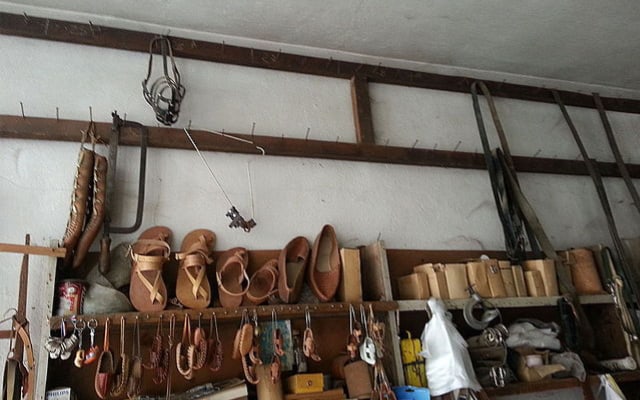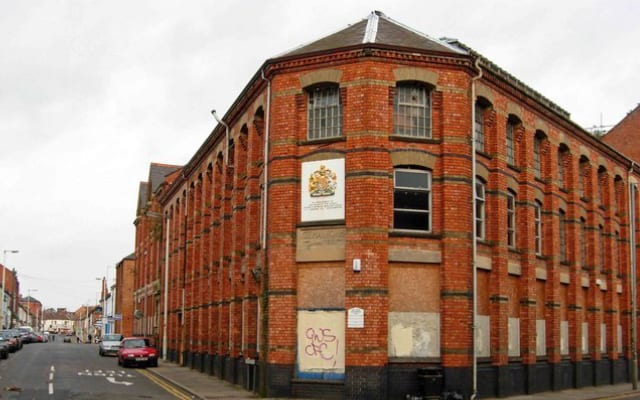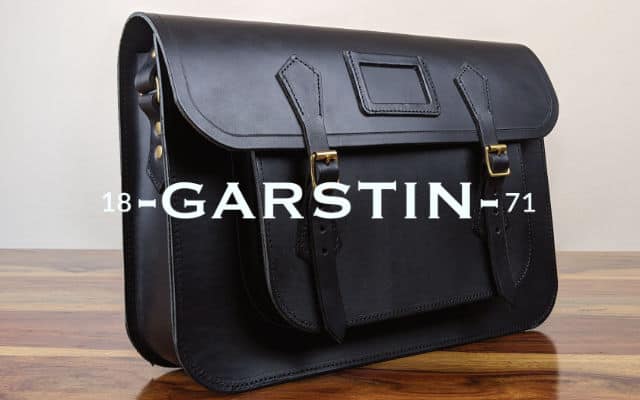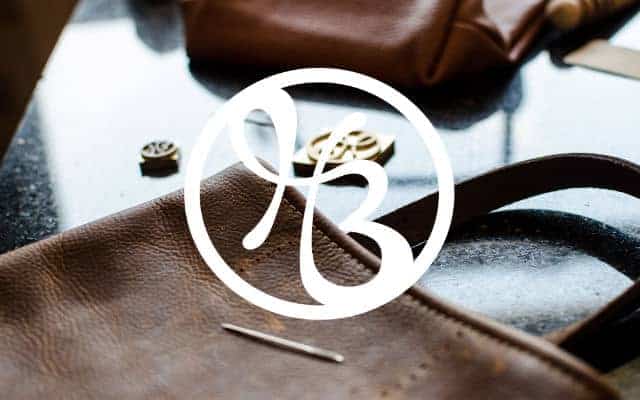Regional British Crafts: NORTHAMPTON
Shoes and the crafting of them.

Located in the centre of Britain, Northampton is a city famed for cattle markets and leatherworks as well as its shoe production. A good source of water and oak could also be found in the surrounding areas, all vital components for the tanning process of leather. The history of shoemaking in Northampton shows that demand was so high that in 1840 one third of all adult males at the time, around 1821 individuals, were employed as shoemakers.
A shoemakers guild was set up in 1401 to make sure that the quality of the shoes produced was to a high standard but there is reference to shoes from Northampton being purchased by King John in 1213 yet the first recorded export of shoes from the city was in 1378 where they were shipped to Flanders. By 1525 the town had a significant shoemaking presence.


During the English civil war (1642-1651) 4000 pairs of leather shoes were produced in the town, as well as 600 cavalry boots for Parliamentary soldiers who remained loyal to the crown and a further 2000 for Oliver Cromwell’s forces in the years after. Daniel Defoe (in his 3rd appearance in this blog) wrote that a typical Englishman's shoes were “from Northampton for all: the poorest countryman and the master”. Another quote from Murray’s Handbook for Travellers, published in 1878, states that “The visitor to Northampton will be at once reminded by the leather aprons and grimy faces which haunt the streets, that he is in the land of shoemakers”.
Shoemakers usually had workshops in their own homes, where family would help out when needed. Those in this industry had to be literate, a rarity for the time at least for common folk, to allow them to keep records of work and to make sure that measurements were accurate. By the mid 1800s some of the shoemakers in Northampton employed many other shoemakers and supplied their materials and then sold the finished products on, those shoemakers that employed others were known as ‘manufacturers’.
As it has been with every industry, mechanisation means efficiency and efficiency means profit, this led to more people being employed as factory workers rather than actual shoemakers in the mid 1800s. The Northampton Boot and Shoe-makers Mutual Protection Society (sadly there is no established acronym for this name, but we will call them the NBSMP going forward) was formed in 1858 to oppose the mechanisation of the industry. Unfortunately this did little to stop the industrial revolution and the shoe manufactures of Northampton issued a statement in 1859 confirming that machines were going to be introduced that would lead to the closing of many of the older shoemakers in the city. The NBSMP called for a strike to protest this decision but it fell on deaf ears as many of the issues they saw weren't shared by the actual shoemakers who felt that the machines didn’t threaten their jobs and saw no issue.


As the tensions began to relax and business began to return to a sense of normalcy, one event practically sealed the fate of traditional shoemakers in Northampton; that event was a factory constructed by Issac Campbell & CO. in 1859. The company wanted all of its shoemakers to work under one roof, even attempted to offer benefits to sway them to agree, despite the attractive offers it was fixed wages and hours that ultimately ruined this choice as the workers wanted to maintain their autonomy and freedom of choice regarding work hours. The factory was taken over in 1861 by the Turner Brothers (Turner as a last name this time) and they managed to achieve an efficiency of 100,000 pairs of shoes a week using steam powered machines. The shoe factory had officially broken onto the stage and was here to stay.
As with many of the older trades, shoemaking has seen a slight resurgence in recent years, with the desire for high quality and handmade shoes becoming fashionable, as well as British made becoming more and more in demand. Northampton has a history with the industry and we can hope that this mighty city is able to reclaim the position it once held in British shoemaking.




